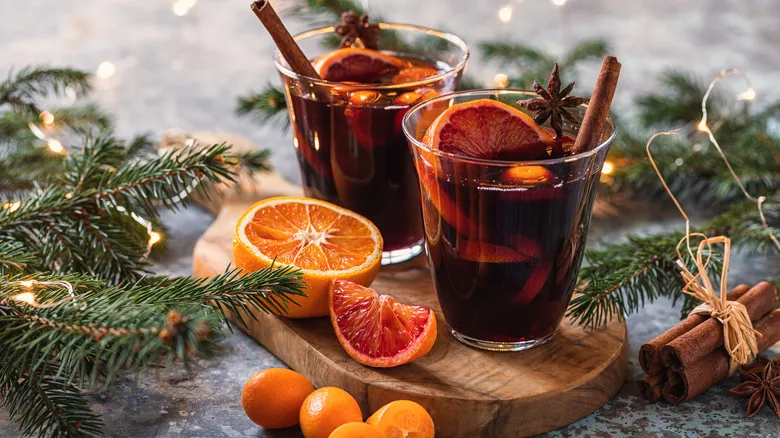Aim for a cocktail temperature of 150 to 165 degrees Fahrenheit
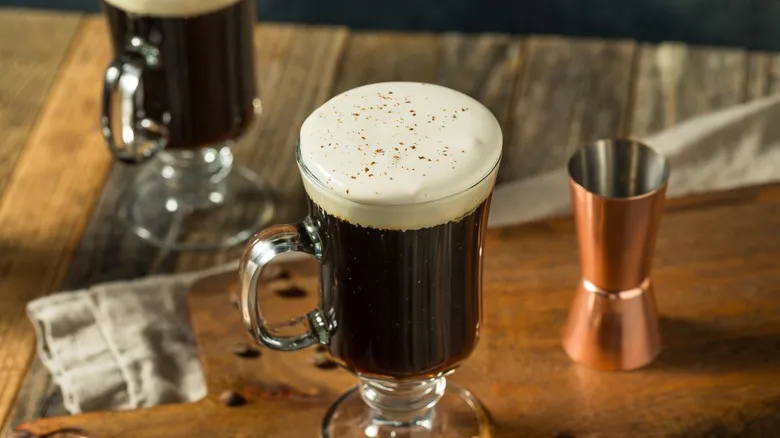
It's clear that you want your hot cocktails to be warm, but just enough to provide comfort. The optimal temperature range is surprisingly limited—Justin Lavenue mentioned that 150 to 165 degrees Fahrenheit is ideal. Going above this range can lead to an unpleasant, shocking sensation on your taste buds. Conversely, if the drink isn't heated sufficiently, the flavors won't meld properly.
Hitting this precise temperature can be challenging. Drinks tend to cool quickly, and by the time you've prepared a round and served your guests, the temperature may fall outside the 15-degree range. To counter this, Lavenue suggests heating the drink to about 165 to 180 degrees Fahrenheit. This adjustment not only accounts for the cooling effect but also allows you to savor the drink for a longer period. Such careful temperature management will undoubtedly enhance your hot cocktail experience, making a thermometer a valuable tool.
Preheat the glassware before pouring in the drink

In addition to paying attention to the cocktail's temperature, it's also important to warm the glassware beforehand. In an exclusive interview with Chowhound, Justin Lavenue noted that using a glass straight from the shelf can "steal some of the drink's warmth" once poured. While it might not seem crucial, taking a moment to pre-warm the glass can make a significant difference.
The process is simple: "Warm the glass with hot water, then pour it out," Lavenue recommended. Just a few minutes will achieve the desired effect. If you're short on time, you can quickly heat a glass with water in the microwave for about 10 seconds. This is akin to chilling glasses for frozen drinks. Just ensure your glass is sturdy enough to handle the heat—avoid using thin glass if you're uncertain. After all, choosing the right cocktail glass and knowing how to use it is a key aspect of mixology.
While warming the glass does add an extra step to the cocktail-making process, if you're pressed for time or preparing multiple drinks, you can adjust by heating the cocktail itself. Lavenue and his team "recommend heating the drink to between 175 and 185 degrees Fahrenheit to compensate for the temperature drop." Just keep in mind that this may affect the cocktail's flavor profile.
Adjust recipes by reducing citrus
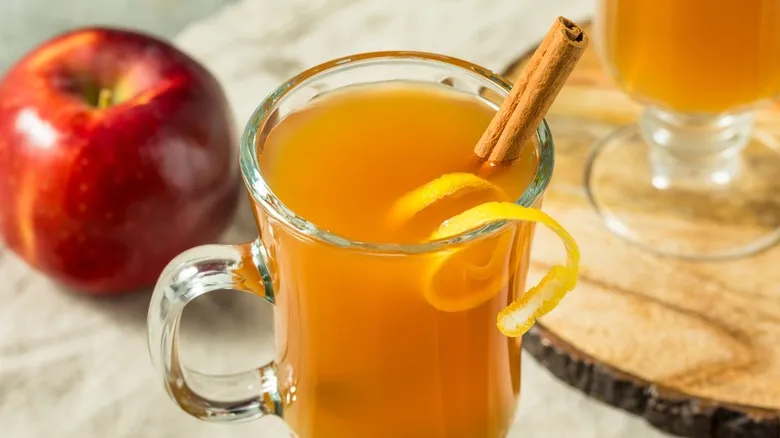
Citrus is an essential ingredient in cocktails for good reason. The fruit interacts with sugar and alcohol in intricate ways, reducing the intensity of the alcohol while adding a unique tartness. When it comes to hot beverages, it's still important to incorporate this key element, but remember that the flavor of the fruit can change with temperature.
"When heated, citrus can become very sharp and unpleasant," Justin Lavenue shared with Chowhound in our exclusive interview. Therefore, you can't simply apply the same ratios of chilled citrus to hot drinks and expect the same taste. Instead, a smaller amount is more effective with these fruits. "We typically suggest using about ¼ oz less citrus," Lavenue noted.
For example, a hot toddy may only include about ¼ ounce of lemon juice per serving, yet it still provides a zesty kick. So, if you're enhancing a Long Island iced tea, don’t worry about the seemingly minor amount of citrus. Additionally, keep in mind that the acidity varies among different fruits—such as oranges being less tangy than lemons and limes. If you're concerned about overly sharp flavors, consider using a sweeter citrus in your hot drink for a milder experience.
Keep a close eye on cocktail dilution
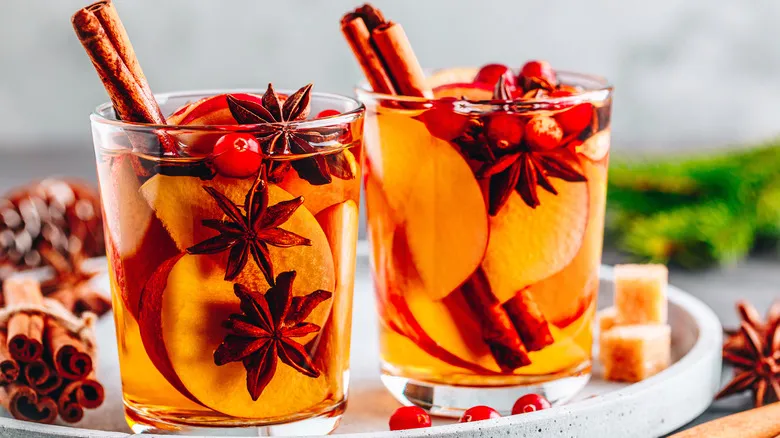
Shaking a cocktail goes beyond just mixing ingredients; it can dilute the drink by up to 30%. However, hot cocktails don't use a shaker, so water is incorporated in different ways. This category of drinks typically follows a structure similar to coffee, tea, or mulled beverages, but with the addition of alcohol. A common mistake is adding too much water, which can mute subtle flavors and lead to an unbalanced alcoholic taste due to the warmth.
First and foremost, pay close attention to drink recipes. As with any cocktail, adhere to the specifications carefully, especially regarding the amount of water used. If you're creating your own variation, keep in mind that most classic cocktails are about 3 ounces in volume. While hot drinks may require a larger capacity, be cautious not to overdo it, as this can obscure the nuances of the alcohol.
Justin Lavenue also emphasized the importance of the liquor's presence. He suggested using "spirits that are over 50% ABV" to create a more robust character in the cocktail. Even if you choose a classic spirit, he advises adding "¼ oz to ½ oz more of the spirit" per drink. By avoiding excessive dilution, you'll help your hot cocktail maintain its flavor.
Don't let hot water scald components
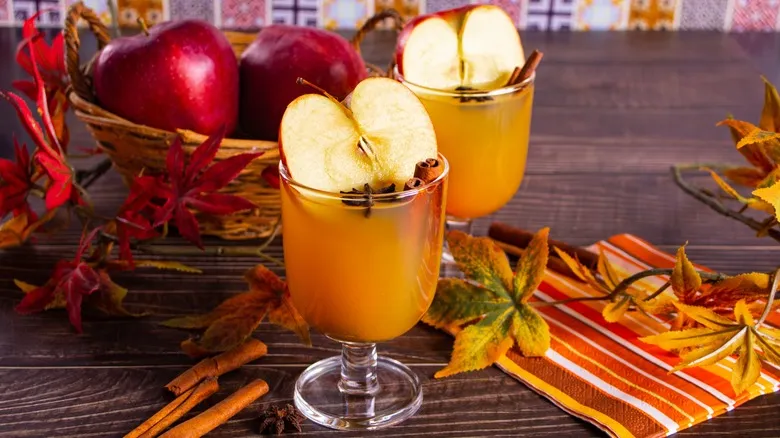
In the kitchen, hot water is frequently utilized for food preparation. In the realm of mixology, it serves as a key ingredient for crafting beverages, but its transformative properties should not be underestimated. Whether you're warming up your amaro, blooming spices, or incorporating citrus, it's important to monitor the heat—especially when using the stove. It's all too easy to go overboard. "No one enjoys the taste of 'burned' or 'charred' cocktails," cautioned Justin Lavenue.
Creating hot cocktails often requires some barista skills as well. Many popular drinks—such as the classic Irish coffee or a tea-based toddy—demand a carefully prepared caffeinated beverage. Therefore, handle these elements with extra attention. "Be cautious not to over-extract the tea or coffee, as this will result in a very bitter drink," Lavenue advised.
Most importantly, Lavenue warns against allowing drinks to reach a boil. Just as using scalding water to brew tea can diminish its flavor, excessively hot water can also mute cocktail flavors. So, whenever you're adding the liquid component, ensure it has cooled sufficiently. By approaching the process with care, you can be confident that your finished hot cocktail will be a delightful experience.
Recommended
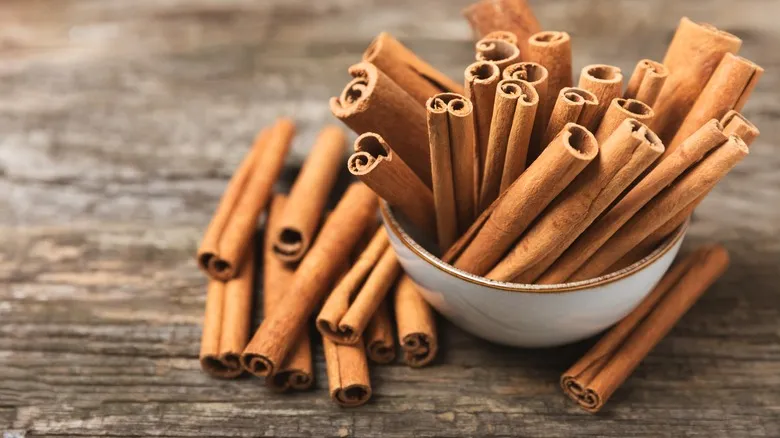
The Cinnamon Syrup You'll Want To Use On Everything Is Only 4 Simple Ingredients
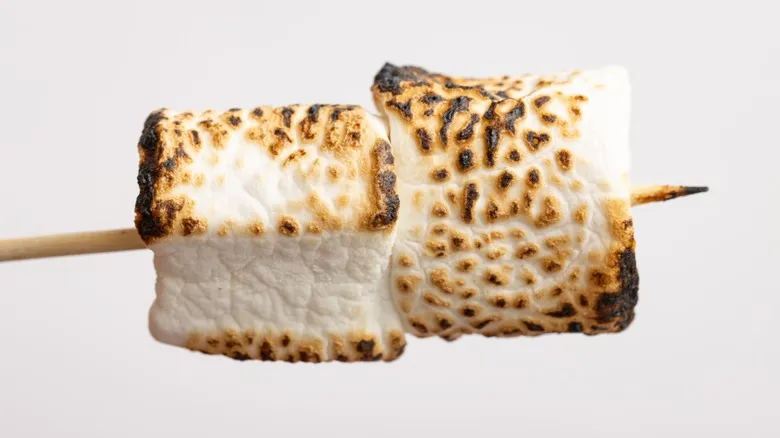
Marshmallows Are Your Secret For Bite-Size Edible Shot Glasses

What Sets Shake Shack Milkshakes Apart From Other Fast Food Options?
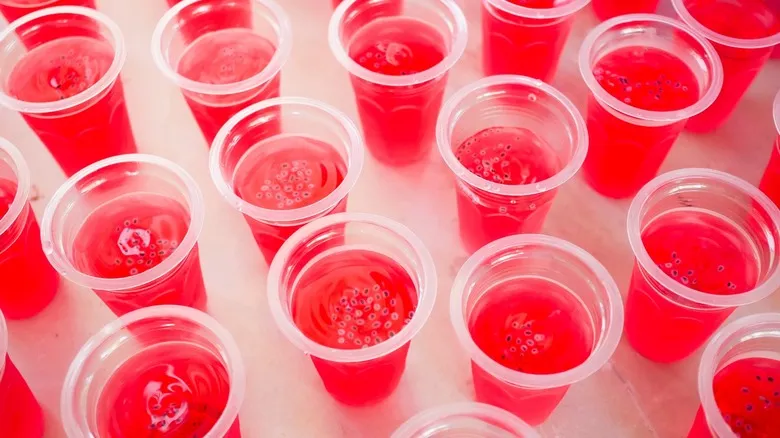
How Many Shots Can You Make With One Box Of Jell-O?
Next up

